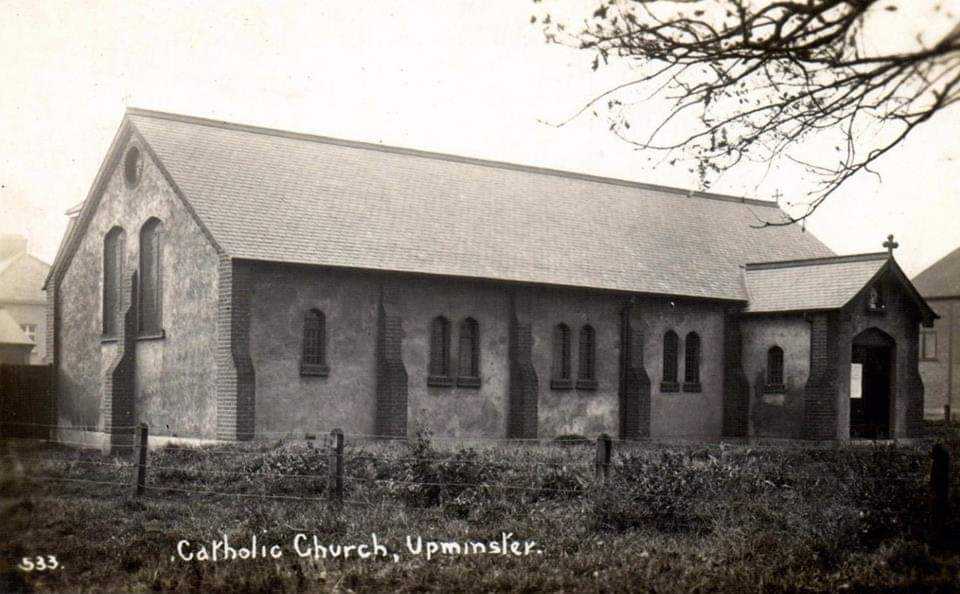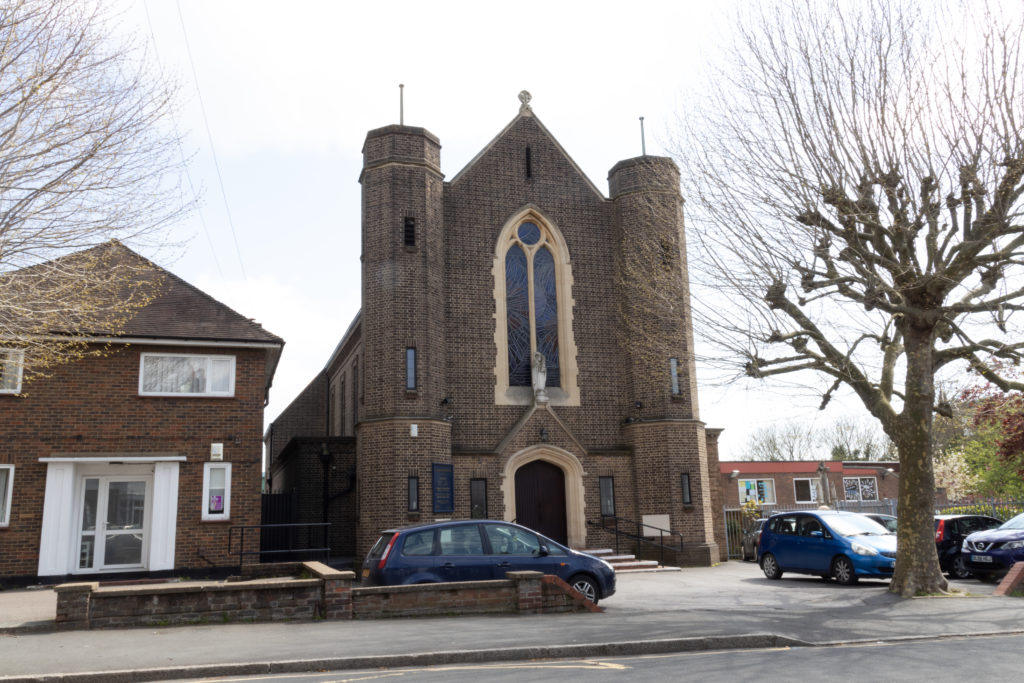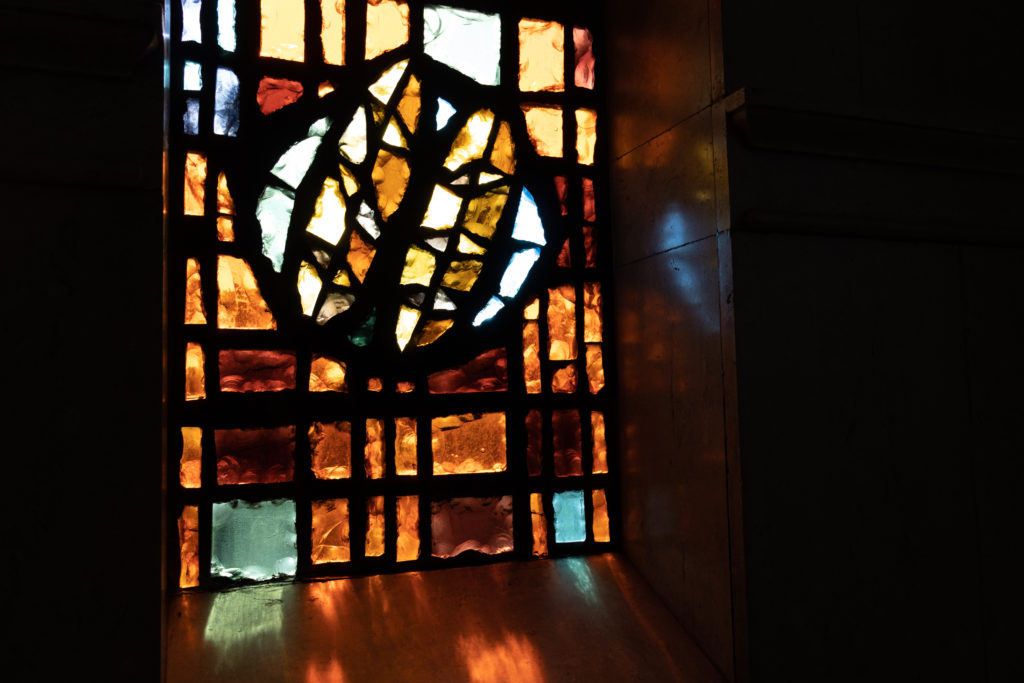Upminster Hall formed part of the estates given to Waltham Abbey by King Harold and the name Upminster is recorded in William the Conqueror’s Domesday Book. The name indicates a ‘minster’ – a significant church – ‘up’ on a hill. Although the earliest parts of St Laurence’s church, across the road from us, date from the 13th century, there must have been an even earlier church either on the same site or perhaps adjacent to Upminster Hall, though no sign of it remains. This was, of course, a period when the English Church was in unbroken communion with the successor of Peter and the whole Catholic Church. The Catholic presence nevertheless continued even through times of upheaval in the religious landscape from the reign of Henry VIII onwards, a time when those who remained Catholic had to worship in secret.
As Catholics began to enjoy greater freedom from the late 18th century onwards the flame of faith that had been preserved by some faithful recusant Catholic families,
notably the Petre family of Ingatestone, along with arrival of Irish immigrant workers, led to increasing numbers of Catholics in this area. The chapels established by the Petres at Ingatestone and Thorndon Hall were the main centres of worship, along with a new Catholic parish in Stratford from around 1770.


In 1856 a church was established in Romford to serve the surrounding area including the village of Upminster. As this village grew over the following decades, aided by the arrival of the railway, one of the parish priests of Romford, Fr Jules Van Meenan, discerned a need to establish a new church to serve the increasing Catholic population here. The proceeds of a fête were used to buy a plot of land on the corner of St Mary’s Lane and Sunnyside Gardens and build a small church which was opened this day in 1923. The original church and its surroundings are pictured on the front and back cover of this order of service. By the 1930s more room was needed, leading to the acquisition of the present site and the erection of a temporary church. The foundation stone for the present Church was laid and blessed by Bishop Doubleday on 25th March 1939. On 28th October 1939, seven weeks after the beginning of the second world war, the completed Parish Church of Saint Joseph was opened and blessed by the Bishop.

A much more detailed account of the history of Catholics in Upminster which can be found in ‘Thirteen Centuries of Witness’ published in 1984 by historian and parishioner Anthony Butler
Find out the various events and news from the church, parish and wider community.

© 2024 St Josephs Catholic Church | Privacy Policy | Safeguarding